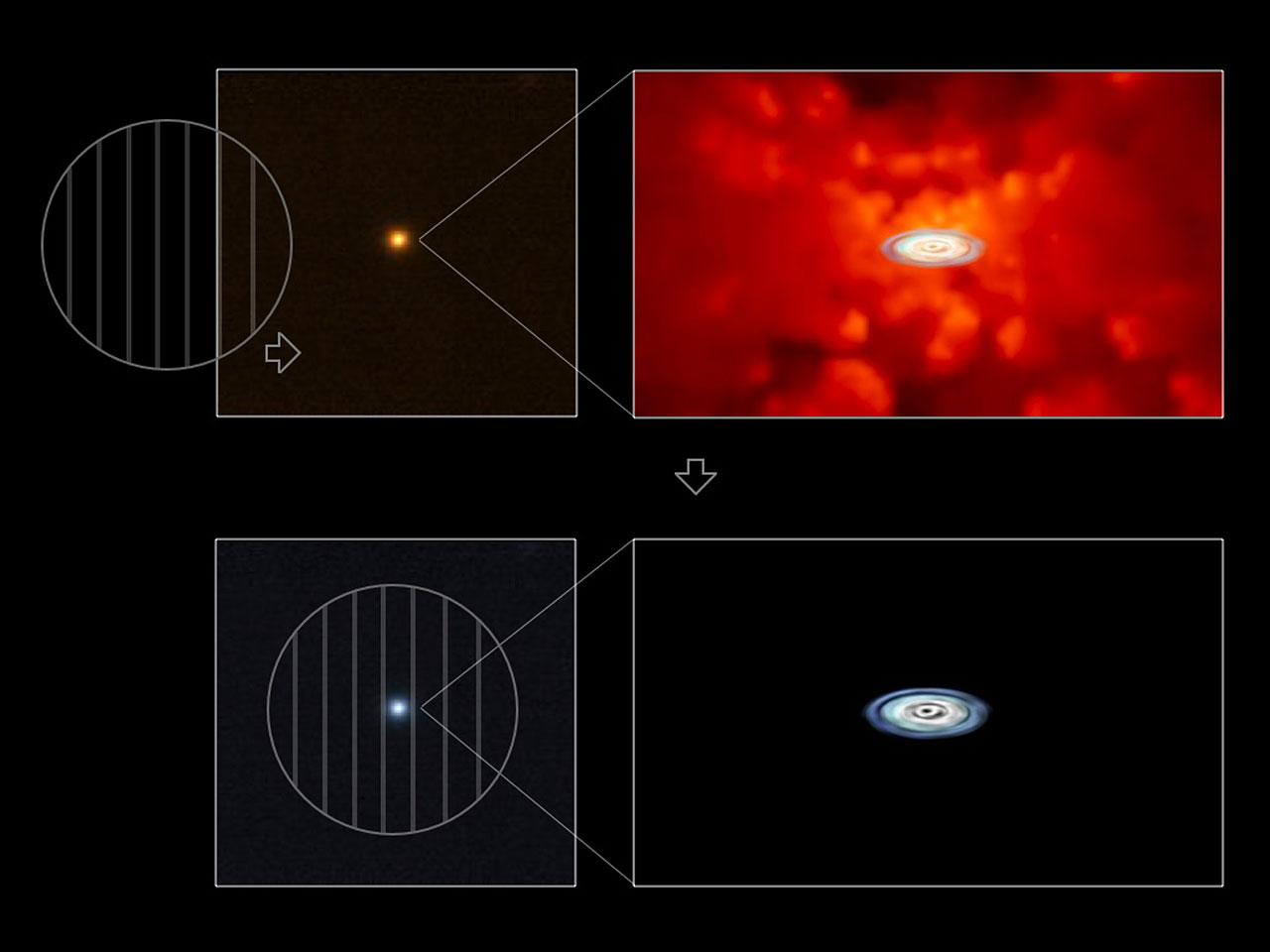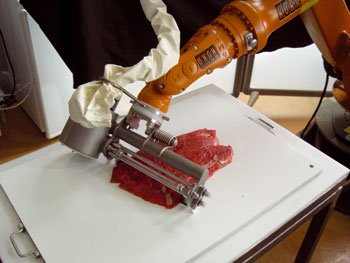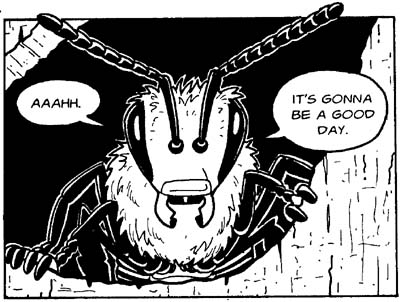I stumbled across a site called “The Desk of One Astronomer” recently, and it’s… Cute.
I like the overall design of the site, although it reminds me a bit of a mid-90s CD-ROM, and the videos featured (one on “Island Universes” and another on “The Cepheids”) charmed me in spite of their rudimentary design. The content strikes me as rather ambitious, but I admire the way it’s organized: you can locate the same information via multiple entry points, and the interface is consistently visual and inviting.
And I must admit that I’ve never seen a cat used to explain parallax. Adorable.
Evidently, the website sprung from work out of the SciVi group at California State University Los Angeles, which “trains undergraduate and graduate students from three different disciplines—Art, Physics and Astronomy, and Computer Science—to develop accurate and effective scientific visualizations of topics in Cosmology and implement their public dissemination.” Interesting. Should be worth watching in the future.









